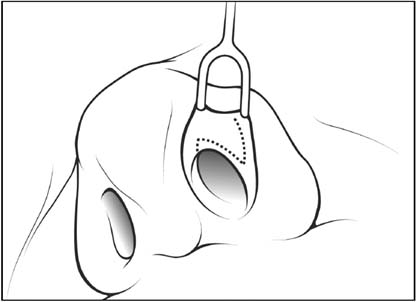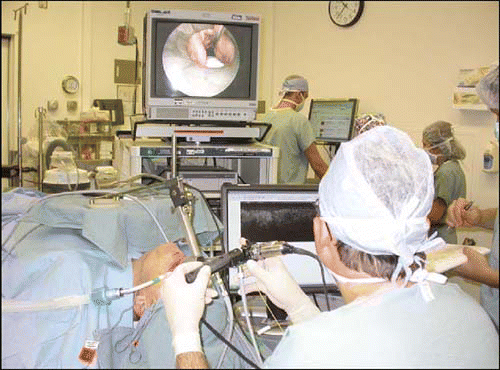The internal nasal valve region is responsible for more than two-thirds of the airflow resistance produced by the nose and represents the most constricted point of the upper airway.


The internal nasal valve region is responsible for more than two-thirds of the airflow resistance produced by the nose and represents the most constricted point of the upper airway.

A committee of the Institute of Medicine (IOM) here has concluded that there is enough scientific evidence to state that exposure to asbestos causes cancer of the larynx.

Recurrent respiratory papillomatosis (RRP) remains a devastating disease for pediatric patients.

Elderly patients have multiple reasons for losing their balance. Muscles are weaker, spines start to twist, bones may become brittle.



If at first you don’t succeed, try, try again.

Percutaneous dilation tracheotomy (PDT) is becoming an accepted and increasingly popular alternative to surgical, or open, tracheotomy, particularly in the treatment of critically ill patients requiring prolonged intubation and mechanical ventilation.

After a hiatus associated with a checkered past, gene therapy is again showing promise in several fields of medicine, and otolaryngology is no exception.
